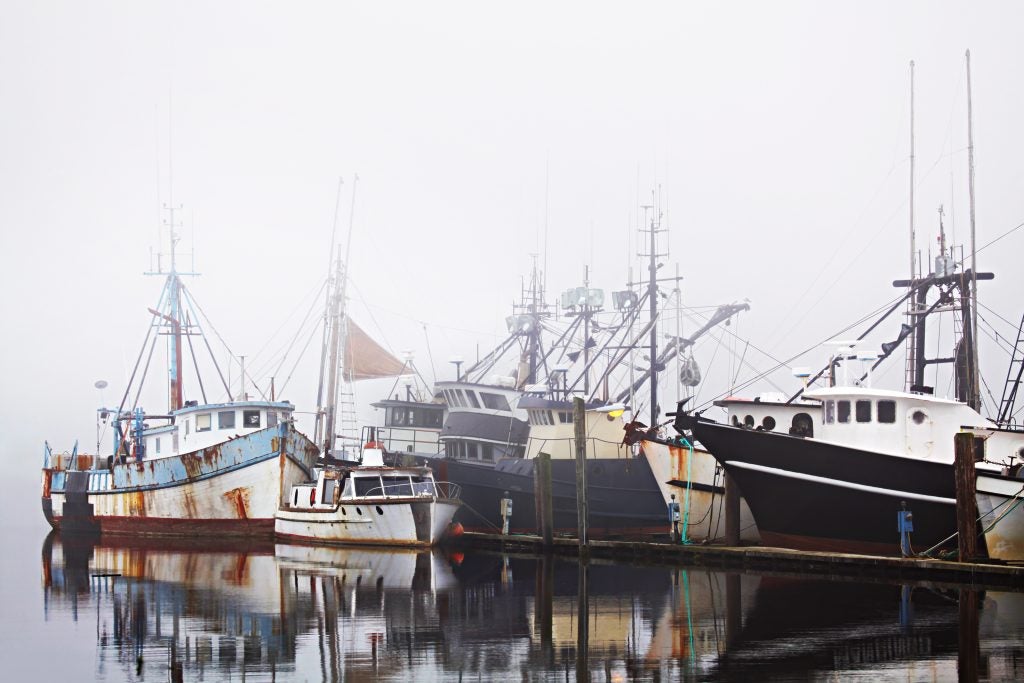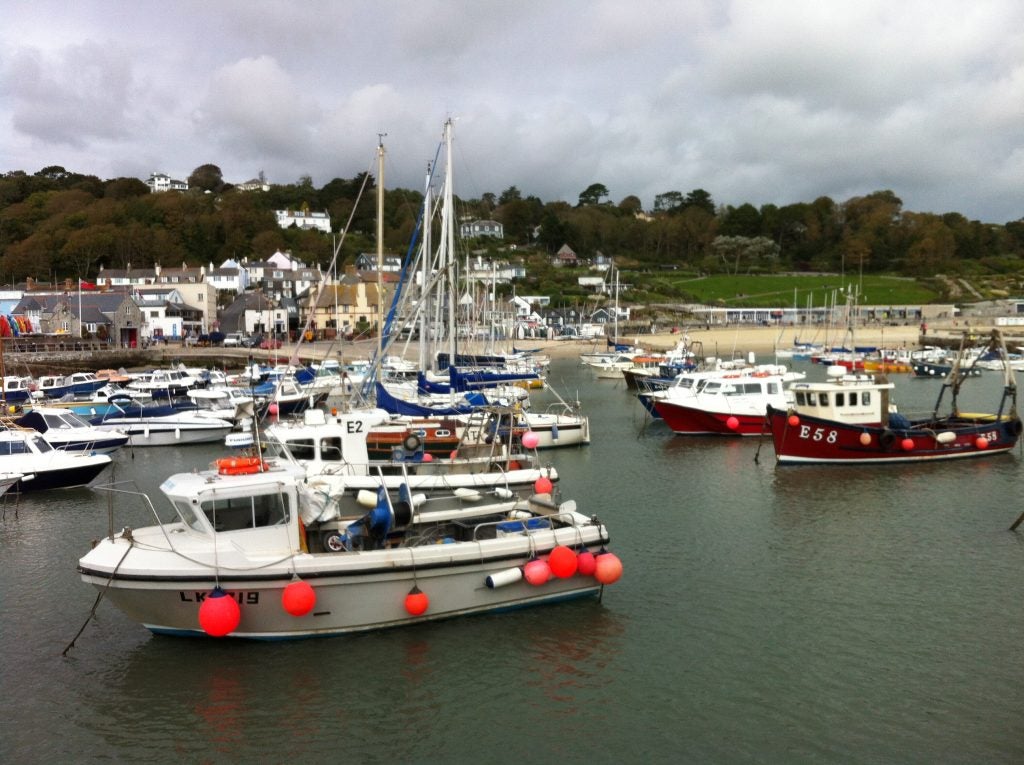 One of the keys to effective fisheries management in the 21st century is accountability. Accountability requires having timely and accurate data. Electronic monitoring (EM) is gaining momentum in U.S. fisheries and abroad as an efficient means of meeting accountability requirements. Yet the ‘recipe’ for implementation of EM has not been perfected, and the price tag – and who pays – is not always clear. These challenges partly explain why the rate of uptake has been painfully slow, even as industry increasingly bears the brunt of human observer costs without any cheaper alternatives.
One of the keys to effective fisheries management in the 21st century is accountability. Accountability requires having timely and accurate data. Electronic monitoring (EM) is gaining momentum in U.S. fisheries and abroad as an efficient means of meeting accountability requirements. Yet the ‘recipe’ for implementation of EM has not been perfected, and the price tag – and who pays – is not always clear. These challenges partly explain why the rate of uptake has been painfully slow, even as industry increasingly bears the brunt of human observer costs without any cheaper alternatives.
Recognizing the need to better understand the costs associated with EM, EDF’s Pacific team engaged a group of experts – Dr. Gil Sylvia, Dr. Michael Harte and Dr. Chris Cusack of Oregon State University – to analyze the costs of fishery monitoring systems such as EM and traditional At-Sea Observers (ASO). The goal of this research is to describe the state of EM in U.S. fisheries with both agency and industry stakeholders to better enable them to compare costs and tradeoffs between EM and ASO programs. If monitoring costs go down, profitability goes up, and everyone wins. Read More










 (
(